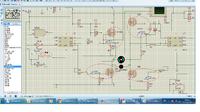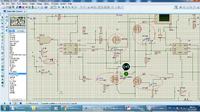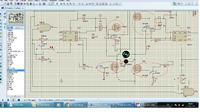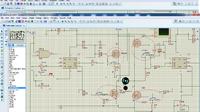mshh
Full Member level 6
How do you relate the decay modes with the gate operations? could you give some links or explain?
I want to make this circuit locked anti phase
I want to make this circuit locked anti phase
Last edited:
Follow along with the video below to see how to install our site as a web app on your home screen.
Note: This feature may not be available in some browsers.
Hi,
With two inputs you can give 4 different input situations: 00, 01, 10, 11
and you get 1, 0, 0, 1 as output.
two times 0, two times 1, but as far as I can see you need a 3:1 output to get the desired slow decay mode function: either 0,0,0,1 or 1,1,1,0
Klaus




It should be very clear that NEVER must be THREE FETs ON at the same time.three fets are on in the on state time

I disagree.Left to right = nothing useful.